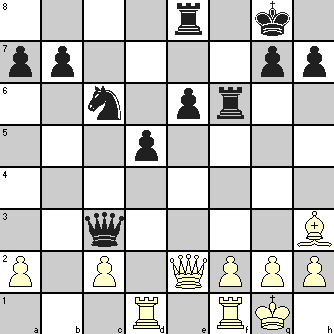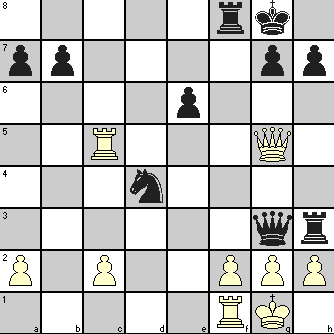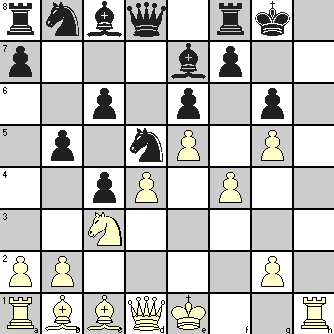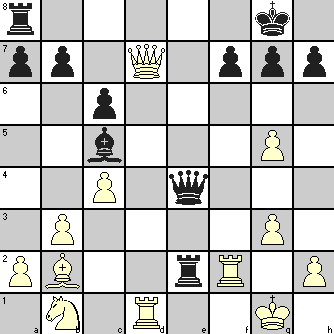If knowing how to fly on a flight simulator would enable one to pilot a plane, all flying schools would have to close shop! If you do not dispute it (I fervently hope so for the sake of air passengers), then you will also accept that knowing basic endgame tactics can bring awareness of the possibilities but cannot make you win the endgames. And unless you can finish off a game successfully, you cannot hope to win, can you?
The best way to learn effective endgame tactics is to study the endgame plays by chess masters and then try to assess how the actual tactics correlate with the theories you learned. Most often, it will not be a single idea but a combination of several of those.
How about trying to solve endgame studies and problems? These can teach you some specific tactics but remember that barring some, most of the problem composers were not top level chess players themselves! Moreover, composed problems often have an ‘unnatural’ look and not likely to be seen in real games of chess! But if you try to solve the problem given below, a famous endgame composition by Reti (who was a top level GM and reputed for his ‘artistic’ chess games), you will get some new ideas that could possibly be used by you some day.
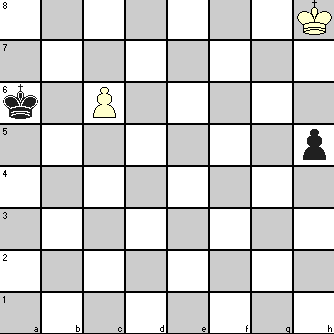
This problem gives you a more in-depth idea about ‘the Square’ that we discussed in four endgame situations. You will notice that the Black King is ‘within the Square’ for White’s c6 pawn and so will be able to block its promotion. On the other hand, even after using his first move, White King will be well ‘outside the Square’ for Black’s h5 pawn. If you conclude that White is bound to lose, think again! See the tactics by which he can get a draw in this position.
| 1. | Kg7 | h4 | If 1. … Kb6 2. Kf6 h4 3. Ke5 h3 etc. | |
| 2. | Kf6 | Kb6 | If 2. … h3 3. Ke7 h2 4. c7 when both pawns queen | |
| 3. | Ke5 | h3 | 3. … Kxc6 3. Kf4 and White King is now within ‘the Square’ to stop the RP | |
| 4. | Kd6 | h2 | ||
| 5. | c7 | Both pawns queen! If 5. … Kb7 6. Kd7 with same result |
You can see that so long as White sticks to the principle of approaching both the pawns, possible by its walk along the diagonal, and ready to move either side (guarding his own pawn or chasing the opponent’s pawn), it can snatch a draw! A technique certainly worth remembering.
But as we said at the beginning, if you keep studying memorable endgame plays, some examples of which were discussed earlier (two endgame plays and two more endgame plays), you will gradually understand what kind of tactics can work in what situations. Some may be tactical like mating attack or winning exchanges, while others are positional, like creating pawn majority or a passed pawn, and still others with a mix of both. We will show you some more beautiful endgames in our next article.
